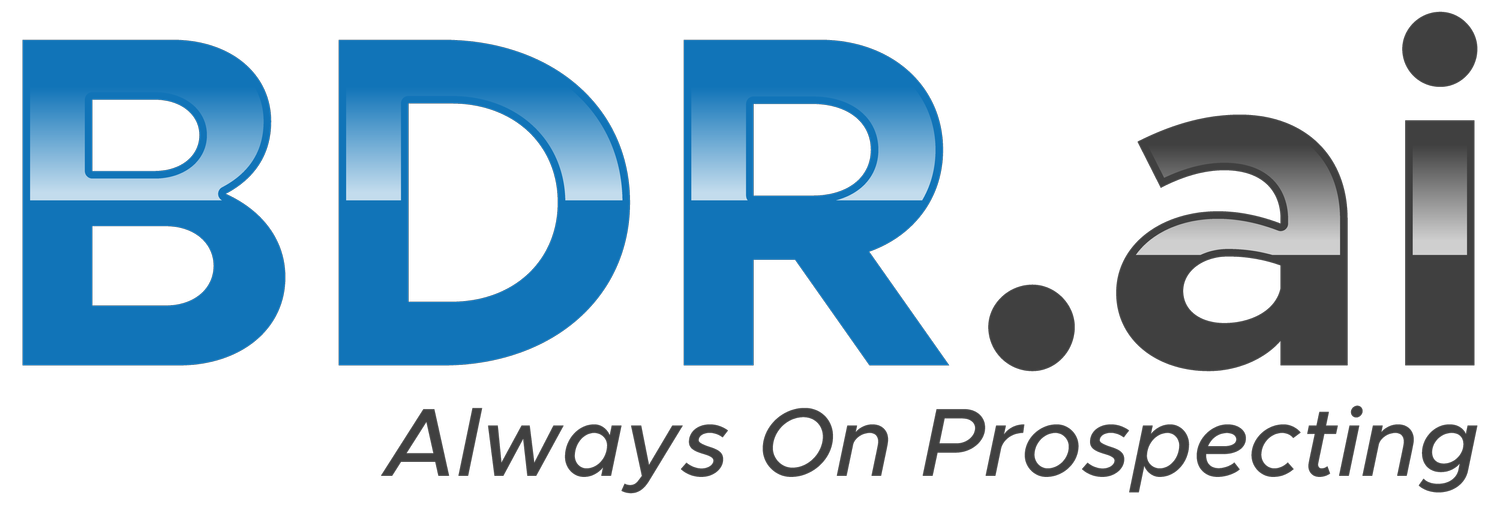Elevate Your Revenue: HubSpot, AI & a No-Retainer Playbook for SMB's
Struggling to get real growth from HubSpot? In this session, David Bush (BDR.ai) hosts Kelsey Galarza (MarketingElevator.com)—a practitioner who’s led ~150 HubSpot implementations—for a zero-fluff walkthrough of the exact minimum setup and 90-day plan that aligns marketing and sales, creates predictable follow-up, and makes your dashboards finally tell the truth.
You’ll learn why clear messaging beats pretty design, how to name and enforce lead status, set one clean pipeline with unambiguous stage criteria, capture UTMs properly, and launch one sequence that actually moves deals. Kelsey also shows where AI and HubSpot Agents help (and where to wait), plus the few weekly reports that matter.
What you’ll learn...
A 5-question messaging checklist that boosts conversions immediately
The Minimum Viable HubSpot (MVH): lead status, lifecycle, one pipeline, UTMs, forms/CTAs, email, and a weekly dashboard
A 90-day DIY roadmap (no retainer required) to go from clarity → handoffs → pipeline growth
Smart places to deploy AI (summaries, enrichment, sequences) without losing your brand voice
The sales analytics views that expose stuck deals and fake forecasts
Who it’s for?
Small teams, founders, and sales leaders who want practical steps (not bells & whistles) to turn HubSpot into a revenue engine.
Summary of Best Takeaways
Messaging beats design. Headline must state what you do, for whom, in one sentence; support it with the buyer’s pain (in their words), promised outcomes, proof near the CTA, and a clear “what happens next.”
Minimum Viable HubSpot (first 90 days):
Canonize Lead Status and Lifecycle Stage; make lead status mandatory.
One clean deal pipeline with stage definitions + entry/exit criteria based on buyer commitments (not rep tasks).
Wire forms + CTAs and capture UTMs (source/medium/campaign).
Send one branded marketing email; create one follow-up sequence (emails + tasks).
Build a weekly dashboard (contacts by source/intent, status, deals created, untouched deals, time-in-stage, assisting pages).
Lead Status is non-negotiable. It tells reps exactly who needs action now and prevents wandering through thousands of records.
Deal stages reflect buyer progress. “Discovery completed + prospect agreed to next step” is valid; “sounds interesting” is not.
Don’t overbuild. Start with one pipeline, no lead scoring until you’re drowning in inbounds, no spammy pop-ups, and no dead-end chatbots.
Follow-up is a campaign, not a call. Expect 20+ touch attempts across channels; when rep attempts are exhausted, hand back to marketing nurture, then recycle to sales when engagement returns.
AI as a force-multiplier: draft sequences/subject lines, summarize calls, enrich data, generate FAQ/objection playbooks—then human-edit for voice & accuracy.
HubSpot Agents (e.g., Prospecting Agent) can research contacts/companies and send 3–5 personalized emails; pilot it thoughtfully.
Measure a little, act a lot. Track few metrics weekly and intervene (e.g., untouched deals, new contacts with “New” status).
UTMs are your ROI lifeline. Every paid click should stamp clean source/medium/campaign into HubSpot.
Process before tools. Technology won’t fix people/process gaps; set operating rules first.
Quick wins checklist: Clear homepage headline & proof, one pipeline, one form + thank-you email, one sequence, one weekly dashboard.

